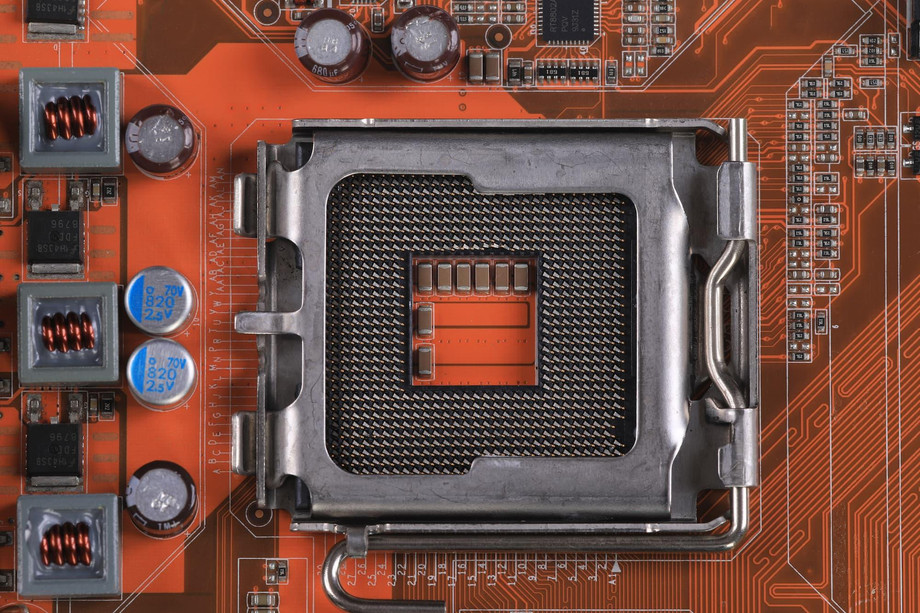As security concerns continue to escalate across various sectors, the demand for advanced biometric solutions has surged. Biometric security systems, which use unique physiological traits such as fingerprints, facial recognition, and iris patterns for identification and access control, have gained prominence. Innovations in embedded hardware design are playing a crucial role in enhancing the efficiency, reliability, and scalability of these systems, paving the way for a more secure future.
Understanding Biometric Security
Biometric security represents a significant evolution in the field of access control and identity verification. Unlike traditional security measures such as passwords or key cards, biometric systems rely on unique biological traits that are difficult to replicate or steal. This intrinsic uniqueness makes biometric systems a reliable option for securing sensitive areas, both physical and digital.
As organizations adopt biometric security, the technology is increasingly integrated into various devices, ranging from smartphones and laptops to secure access points in high-security facilities. The versatility of biometric systems allows them to be deployed in diverse environments, including financial institutions, airports, and healthcare facilities, making them essential in today's security landscape.
The Role of Embedded Hardware in Biometric Systems
The backbone of any biometric security system is its embedded hardware, which includes sensors, processors, and communication modules. These components work together to capture biometric data, process it, and authenticate users.
1. Advanced Sensor Technologies
The effectiveness of biometric systems heavily relies on the quality of their sensors. Recent innovations in sensor technology have led to the development of more accurate and faster biometric recognition systems. For instance, capacitive fingerprint sensors are now capable of detecting not only the fingerprint pattern but also the pulse of the user, enabling liveness detection. This feature ensures that the biometric sample being presented is from a living individual and not a fake replica, significantly reducing the risk of fraud.
Moreover, multi-modal biometric systems that combine various biometric traits are gaining traction. By integrating facial recognition, fingerprint scanning, and iris recognition, these systems provide a higher level of security, as they require multiple forms of verification, making it more difficult for unauthorized individuals to gain access.
2. Low-Power Embedded Systems
As biometric applications expand into portable and battery-operated devices, the demand for energy-efficient embedded hardware design is more pressing than ever. Innovations in low-power embedded systems allow biometric devices to operate efficiently without compromising performance. This advancement is particularly crucial in wearable devices, where battery life is a significant concern.
Developers are now utilizing energy harvesting techniques, such as solar power or kinetic energy, to power biometric sensors, extending their operational lifespan. This move toward sustainable and efficient designs not only enhances user convenience but also contributes to environmental sustainability.
3. Enhanced Data Processing Capabilities
The effectiveness of biometric systems hinges on the ability to process biometric data quickly and accurately. Embedded hardware innovations have led to the development of advanced processors capable of handling complex algorithms required for real-time biometric recognition.
With the rise of machine learning and artificial intelligence, biometric systems are becoming smarter and more adaptive. Algorithms can learn from user interactions, improving recognition accuracy over time. For instance, AI-driven systems can analyze a vast amount of data to identify patterns and make decisions, allowing for more robust security measures.
4. Integration with IoT and Cloud Computing
The integration of biometric security systems with the Internet of Things (IoT) and cloud computing has opened new avenues for innovation. Cloud-based biometric systems allow for centralized data storage and processing, making it easier to manage large volumes of biometric data securely.
Additionally, IoT connectivity enables biometric devices to communicate with other devices in real-time, enhancing situational awareness and security responses. For example, a biometric-enabled door lock can communicate with a central security system, providing alerts when unauthorized access attempts occur.
The Future Outlook
As technology continues to advance, the future of biometric security looks promising. Innovations in embedded hardware design will drive the development of more sophisticated and secure biometric systems. Several trends are likely to shape this future:
-
Increased Adoption of Biometric Solutions: As security concerns rise, businesses and governments are expected to adopt biometric systems more widely, especially in sectors that handle sensitive information.
-
Regulatory Standards: With the growth of biometric security comes the need for regulatory standards to ensure the safe and ethical use of biometric data. Future innovations will likely include compliance with privacy regulations, making data protection a priority in system design.
-
Cost Reduction: As embedded hardware becomes more affordable due to advances in manufacturing processes, the cost of implementing biometric solutions will decrease, making them accessible to a broader range of organizations.
-
User-Centric Designs: The focus on user experience will drive innovations in biometric hardware. Future systems will prioritize ease of use, seamless integration, and minimal friction for users, enhancing overall adoption rates.
Conclusion
The evolution of biometric security systems is heavily influenced by innovations in embedded hardware design. As organizations strive to enhance their security measures, the integration of advanced sensors, low-power systems, and data processing capabilities will play a vital role in the future of biometric security. With an emphasis on user experience and compliance with emerging regulations, biometric systems will continue to provide reliable, secure solutions for various applications. As technology progresses, the potential for biometric security to transform how we approach identity verification and access control is not only promising but essential for a secure future.
To Know More About embedded hardware design

